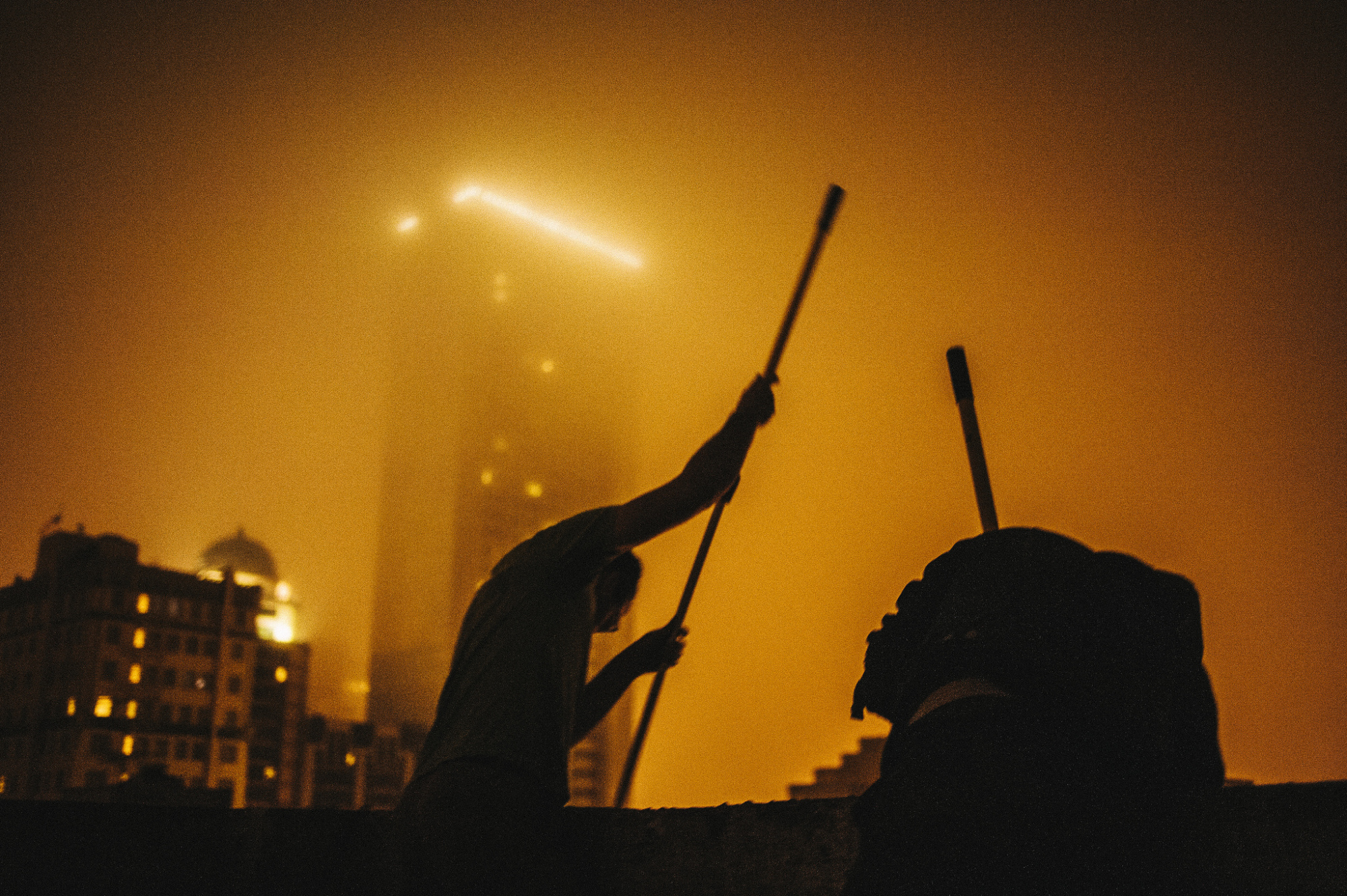
“The number one thing is to have your camera with you all the time, and have photography on your mind all the time, then let life just happen. And don’t forget to use the camera when that’s all going on,” said photographer Shaun Roberts. Originally from Thailand, Bangkok, Roberts has lived and worked in San Francisco since 1999, back when he was studying New Media at The Academy of Art. He’s photographed and profiled artists Doze Green, Mars 1, Brett Amory, David Choong Lee, Emory Douglas; worked for art platforms like Hi-Fructose, Juxtapoze, and Supersonic Art; road tripped across the U.S. capturing landscapes, freelanced for GQ, and Wired; filmed Bangkok protests; and acted as a look-out and documenter for various street artists on wheat pasting ventures. Roberts is all over the map, actually and pictorially speaking. His visual language subtly disintegrates the frame into the peripheral, freezing undefined fleeting moments in mid-passing, “It’s all about awareness, of human nature, of light, of position,” he said.
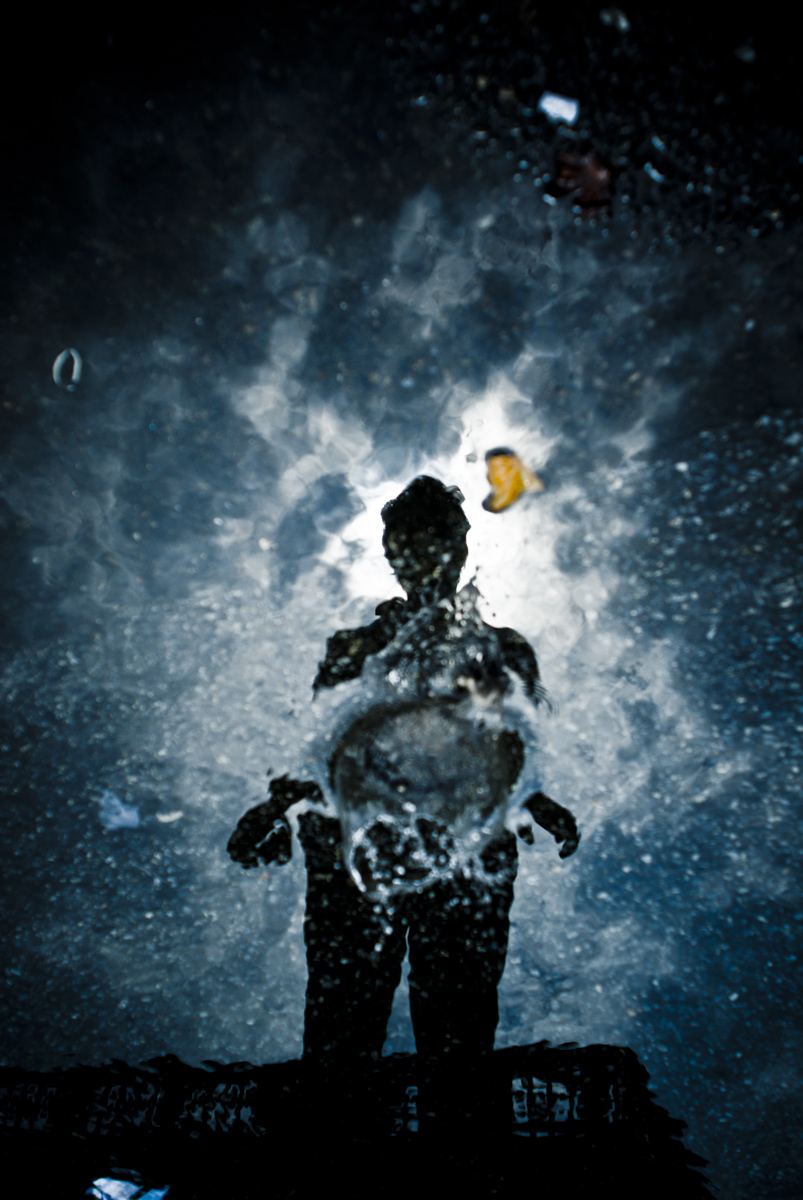
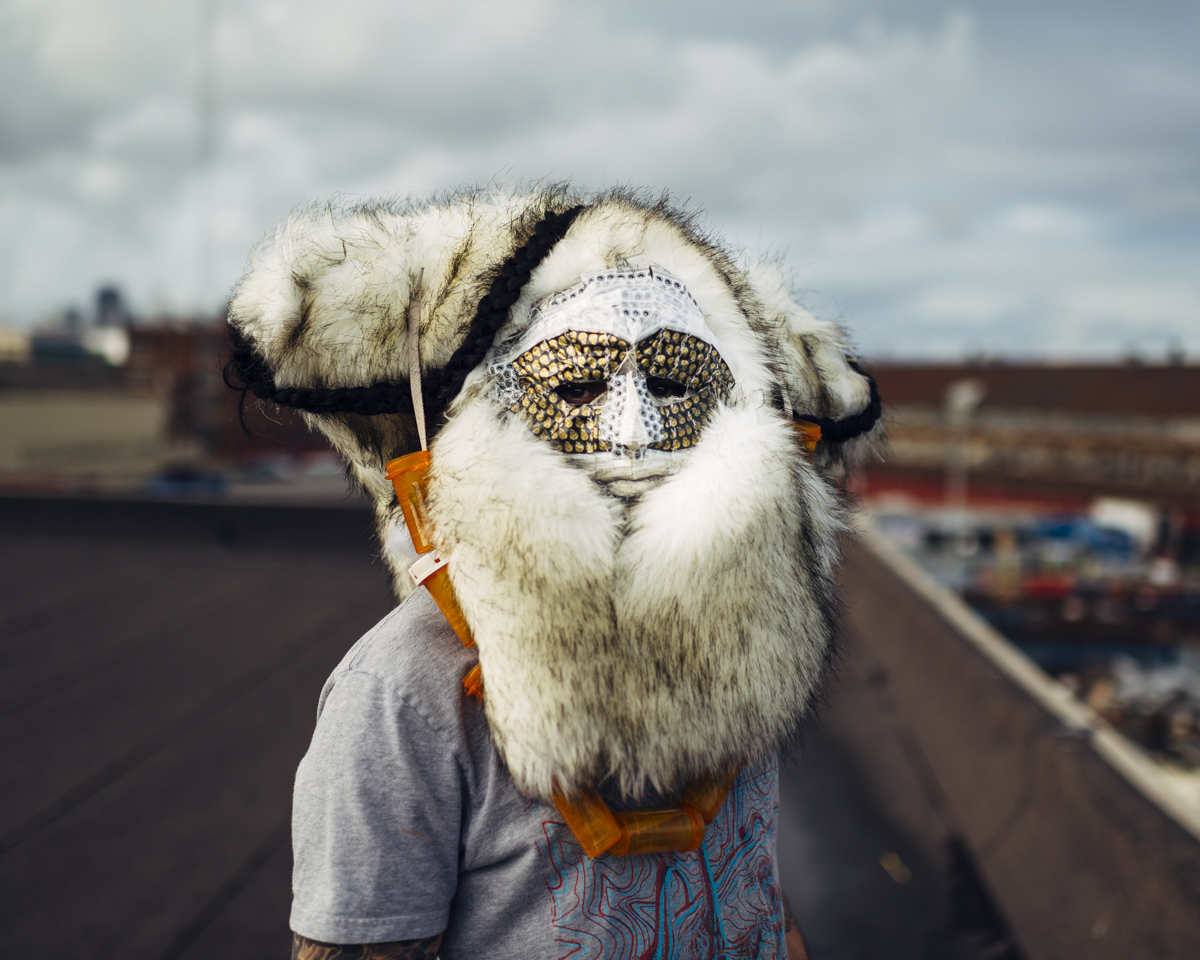
Look at any collection of an art photographer’s work and patterns emerge, or a theme. Consciously or not, the photographer is revealing something about his or her self. Roberts’ fervent images convey how one navigates through the world by, at times, distancing one’s self from it. “I’m attracted to scenes that express a certain ‘aloneness’. I’ve always been like that since I was a kid,” he said. Before computers and video games kept adolescents from exploring the outer walls of their bedrooms or even the outer perimeters of a screen, a child would have to play outside alone (especially if one’s friends weren’t around). Being inspired by one’s surroundings, forced to imagine whatever one thought would be entertaining or stimulating, would produce enough serotonin in the brain to keep playing in solitude for hours, uninhibited, and arrested by what can be seen only in the mind’s eye. Aloneness is necessary negative space that breeds certain uninhibited truths. “I identify with it and find it beautiful. I think it’s a universal human experience. At some point in our lives we deal with it. There’s a quality of strength and dignity to being alone,” said Roberts.
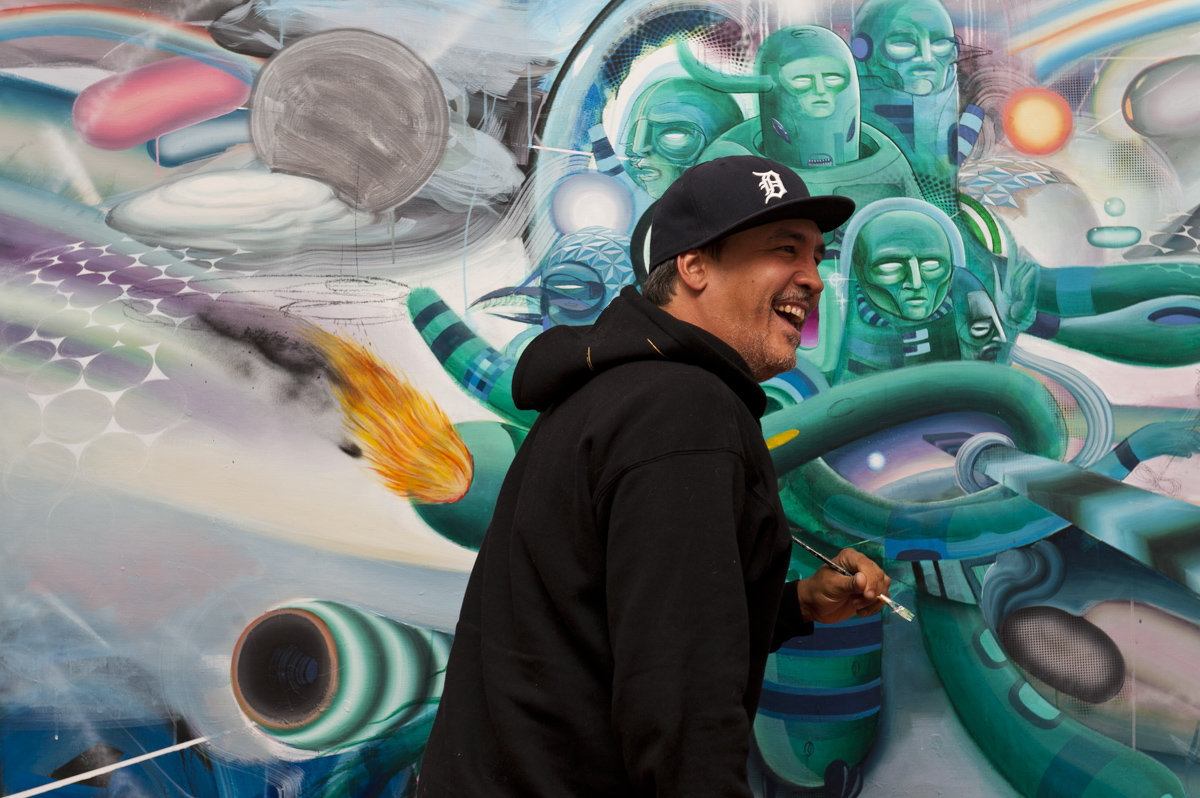
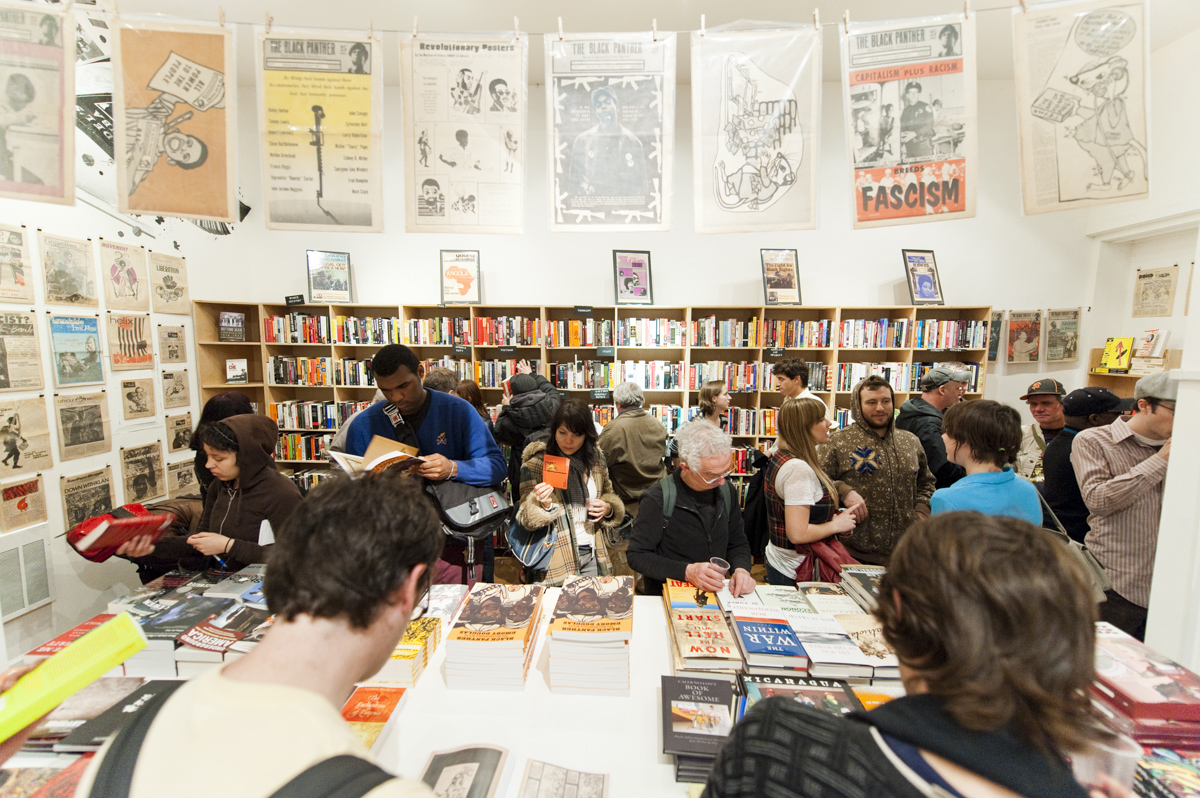
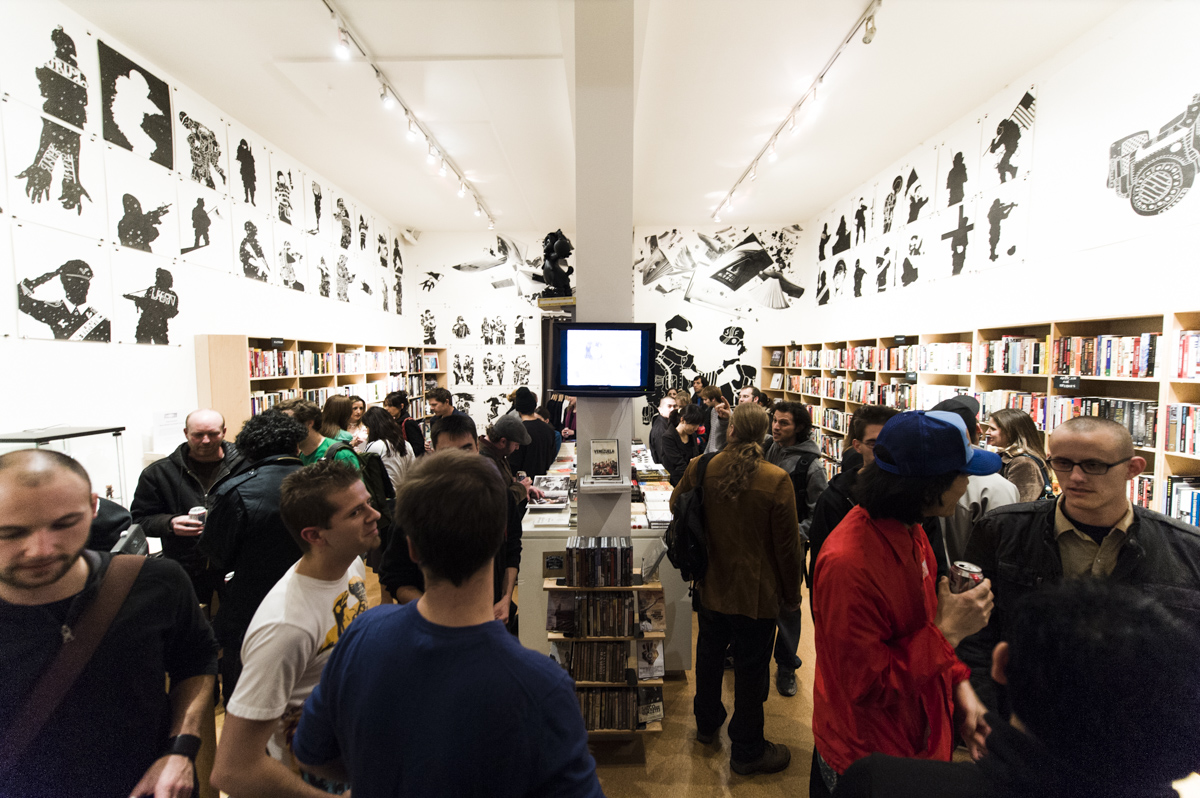
As a teenager he borrowed his father’s Nikon FM film camera, “mainly using it out of curiosity with no big aspirations.” After taking some basic photo classes and getting tips from his pops, he shoved his heart into his lens and kept on clicking. His first gig was for the nightlife section of the San Francisco Magazine. The photo editor asked him to document dive bars in SF’s Tenderloin district—Roberts’ backyard, along with a hub of other local artists; an area full of tourists attending off Broadway plays, panhandlers, addicts, and homeless people, some of whom have collaborated with local artists (notably Hugh Leeman, and Joel Daniel Phillips). The Tenderloin, or “The Loin” (also known as a local t-shirt printing company and art space of the same name), is the most diverse and eccentric area in SF. For Roberts, taking photos of bars that he’d otherwise kick-it in was, “not a bad gig.” In 2007, Sean Stewart opened Babylon Falling in The Loin, a niche bookstore specializing in art, culture, and grassroots movements. Stewart held monthly exhibitions featuring various artists and writers. On opening nights, locals packed the store. The shows felt communal, like an excuse to connect and exchange ideas, instead of profiling in front of dope art in pure gentrified glory. Babylon became a gateway for a lot of emerging artists, from Frank Kozik and, Robert Bowen to C3, and Christopher Burch. Stewart’s bookstore was across the street Roberts’ apartment at the time. During the store’s opening week, Roberts walked in and noticed Stewart “wearing what looked like a pro football jersey, but stitched on the back was [the name] ‘Bukowski’ (referring to poet Charles Bukowski). That was a bit of delightful cognitive dissonance. I immediately asked to take a Polaroid of him in that jersey,” Roberts said. “I didn’t have any Bukowski on the shelves which he rightly thought was absurd,” said Stewart.
While Roberts was fresh off completing The Run-Up, an artist documentary for Upper Playground, Stewart was gearing up for Babylon’s first art show, featuring painter Robert Bowen. “I suggested we do a studio visit on Robert to promote the show. It worked out pretty well so we decided to keep doing more,” said Roberts. Stewart conducted, transcribed, and edited the interviews. For Stewart, collaborating with Roberts was “an excuse to make work. I love interviewing people. We got along pretty good so it just made sense,” said Stewart. Roberts “handled the photography and visual edits of the final pieces.” He profiled most of the artists Babylon featured, and in the process, he and Steward became comrades, “I’ve been a fan and advocate of his work since the first time I saw his portfolio. He’s crazy talented. But even as his style evolves, to me what always stood out is his sense of timing,” said Stewart.
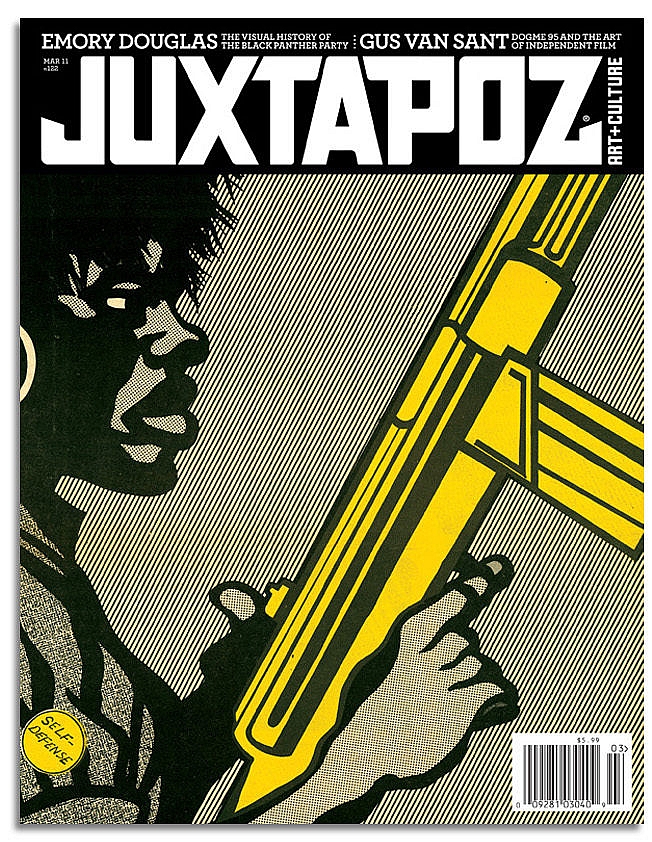
Through Stewart’s introduction, Roberts met and documented illustrator and artist Emory Douglas, the former Minister of Culture for The Black Panther Party, a Black Nationalist group formed in Oakland in the late 1960’s. Head of the F.B.I., J. Edgar Hoover, considered it a terrorist organization, a threat to the nation’s security. The Black Panthers believed in self-defense and vigorously fought against police brutality while organizing community programs that promoted health and education. Their justified militancy though was distorted and transformed into a boogie monster of ideals. They inspired Hoover’s Counter Intelligence Program (COINTELPRO), and law enforcement’s Special Weapons And Tactics (SWAT team). When asked about interviewing Douglas, Roberts said it was “A privilege. A personal highlight of my photo career so far, Emory is dignity, humility, and creativity.” He got to know Douglas when he interviewed him for a Babylon show and later for the cover of Juxtapoze Magazine. “When I was asked by the editor to do the interview and studio visit, we already had a comfortable rapport between us. I’m very lucky to know someone like Emory Douglas,” he said.
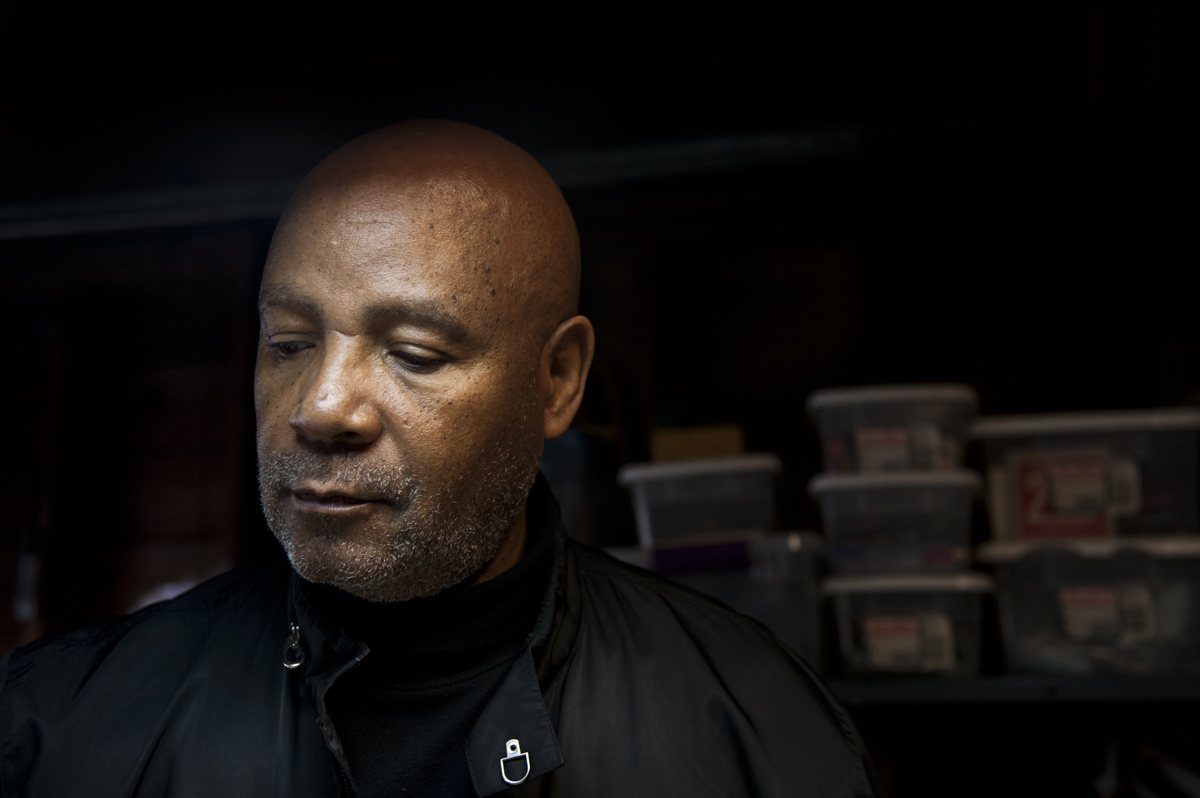
Given all the software available to enhance and manipulate images, Roberts is somewhat of a minimalist. When talking about his creative process, he said, “I’ve never found excessive post processing attractive, and a lot of the time that can kill an image by bringing more attention to the technique than the actual content of the image itself.” The commonality he found in all the artists he worked with is, “a certain level of obsessiveness, and determination, to keep making work while struggling with all the other demands in their lives.” When not shooting, Roberts is creating motion graphics to pay the rent. To do what he does one has to be “self-directed.” To survive, “from what I’ve learned from friends, live cheaply, beg-borrow-steal for materials. Have rich parents, a patron, or get really good at grant writing. Or have a day job. Any combination of them really.”
This article was originally published in late 2014. Since then, Roberts has continued to document artists and his journey through time and space. Check out TMG’s update on Roberts’ work here. Follow him on IG.



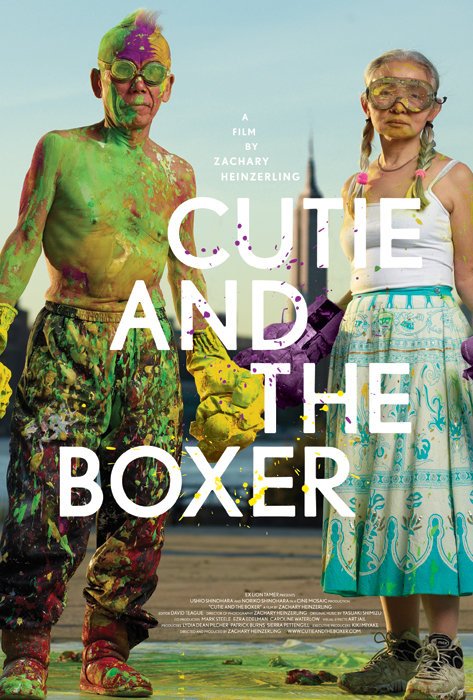
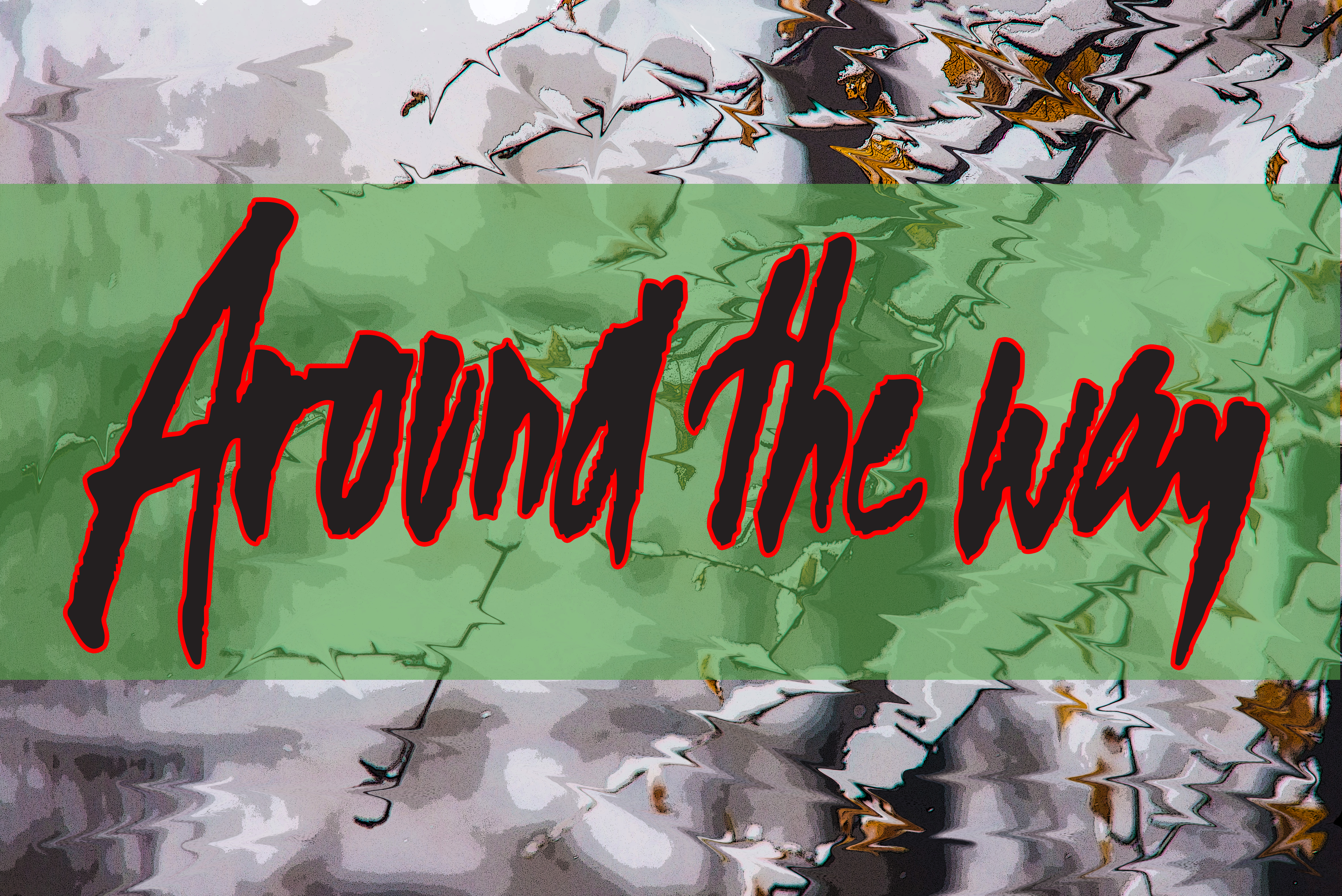
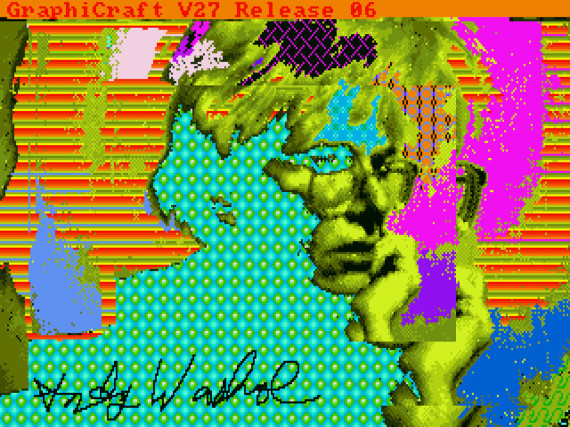

1 comments On The Company of Solitude, Art Photographer Shaun Roberts
Pingback: The Parallel Universe of David Ball – The Microscopic Giant ()
Comments are closed.